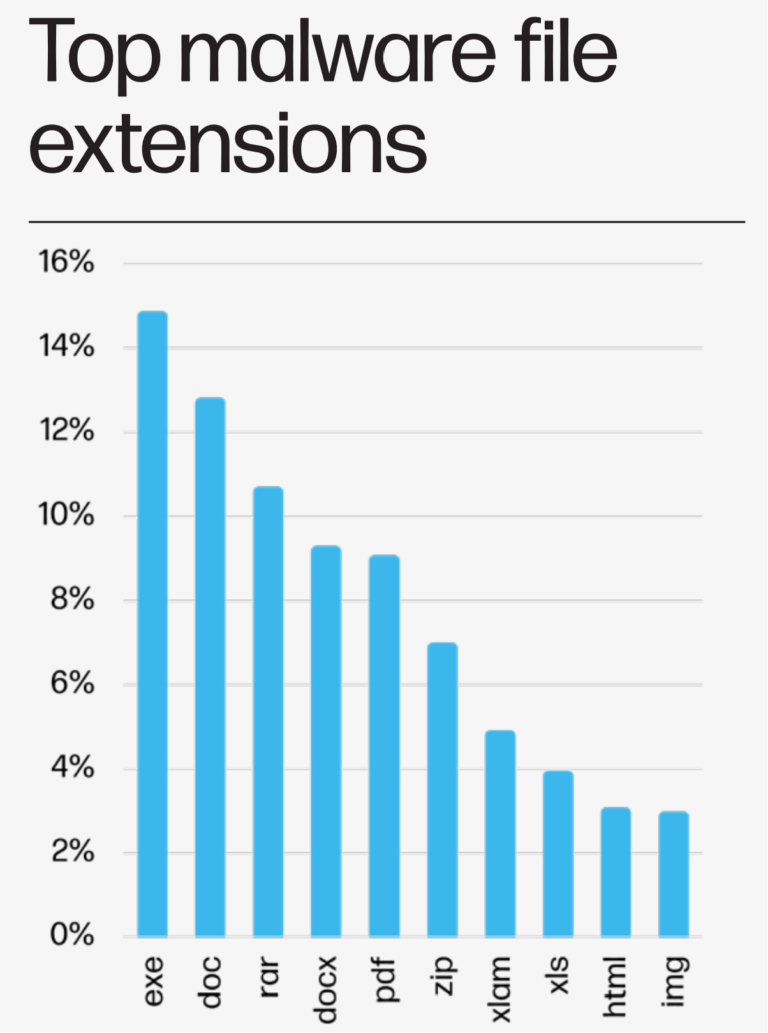
Organizations are under pressure to reinvent their business models and adopt new technologies and digital capabilities to manage challenging conditions and adapt to new remote work scenarios.
By now many businesses have embraced the work from anywhere model, and want to equip their employees with the tools to work securely and productively, and access virtual apps from the cloud to any device or location.
As a result, Desktop-as-a-Service (DaaS) is an increasingly popular solution that’s particularly helpful for an evolving mobile work scenario where over half of employees are using their own personal computers and devices rather than business-issued computers to work remotely.
Ronald van Loon is a Citrix partner, and recently had a conversation with Jose Augustin, Senior Product Manager for Citrix Virtual Apps and Desktops service at Citrix, and Shane Kleinert, Senior Solutions Architect at Choice Solutions about the increasing demands to work securely from any location and device while supporting a streamlined user experience (UX), and how this has facilitated the rapid adoption of on-demand DaaS solutions.
As businesses move to a hybrid cloud-enabled DaaS approach during times where business continuity is critical, there are numerous considerations and needs to address to ensure a successful implementation and gain fast time to value while effectively managing costs and user requirements.
Practical DaaS Requirements and Considerations to Support Remote Working
At the onset of the pandemic, organizations were scrambling to support work from home models, but many didn’t have the additional compute infrastructure and technology to enable this. Managing and maintaining in-house desktop environments demands resources, time, and continuous IT support, which is especially challenging as current remote work evolves.
DaaS counters this with virtual desktop environments hosted in the cloud, providing agility and enhanced security that allow companies to meet constantly changing technology trends and new employee demands.
However, there are common misconceptions about a DaaS and hybrid models that are important to note. Primarily, organizations should keep in mind that the cloud can be more expensive than running on-premises, even though they may think the opposite. Exact costs will depend on the use case, in addition to the operational efficiency and agility of the specific solution.
The cloud isn’t infallible, and it’s important to architect for failures and minimize failure domains when developing on a cloud or hybrid environment. Also, simply because things are running in the cloud doesn’t mean they’re going to run faster; storage requirements and/or limits, and instance sizing and network are crucial to ensuring the environment is sized appropriately.
Companies should evaluate and understand the practical requirements of a DaaS model:
- Understand the business requirements for a DaaS model.
- Architect for apps and data to ensure that they’re next to each other.
- Understand the use case for transitioning to hybrid, especially for businesses that have a higher presence of on-prem and SaaS based applications.
- Set realistic expectations around SLA and availability requirements offered by the hosting platform.
- Consider long-term deployment, where features such as advanced vertical load balancing mechanisms can help control end-user needs and costs down the line.
- Don’t relinquish flexibility.
To start implementing a DaaS approach, organizations can take some concrete steps:
- Companies with a VDI presence can start using DaaS by leveraging additional capacity on the public clouds to compliment what they already have.
- Ensure that wherever brokering mechanisms are being used are advanced enough to achieve full saturation of on-prem data centers before reaching into the cloud hosting provider.
- Keep in mind hardware data center refreshes, as they are a finite requirement that happen every few years and could be used as an inflection point to transition from on-premises resources to cloud based resources..
“I would highly recommend customers bring all of these considerations together based on their business imperatives. And to essentially create a deployment roadmap, which can then deliver value to the business with incremental technology changes. Not a big bang, but slow changes which can incrementally get them to their destination,” advises Jose Augustin.
DaaS Use Cases Accelerate Adoption
The benefits and versatility of DaaS are expansive, which has spawned its acceleration in organizations of all sizes and in all industries, with any budget type. DaaS as a use case has skyrocketed in the past six months, both as a strategic business objective and as a direct result of the difficulties marked by 2020.
Demonstrating the power of the DaaS model in action is a medical billing and coding company established in early 2020, who went from less than 10 people to nearly 300 people by the end of 2020 using Citrix Virtual Apps and Desktops Standard for Azure.
As a startup company in the healthcare space, they needed to be agile as they scaled, and wanted to build in Azure without any on-premises core infrastructure. They were able to leverage the flexibility of the DaaS service model to quickly modernize, utilize advanced security controls around conditional access, and benefit from a streamlined service model that accelerated the pace of development and innovation.
While use cases for DaaS models are broadening, some of the most common include:
- Growing workforce: Expanding companies with new units opening across different locations can immediately supply virtual desktops without the time and resource intensive demands on local IT.
- Interim workforce: Businesses can more easily scale workforces according to seasonal or circumstantial conditions, pay for what they use, and close desktops as needed.
- The 24/7 business model: The new normal is defined by around the clock service, and a DaaS solution can ensure that companies support accessibility and communication at all times.
- Maintaining operations in any circumstance: Employees have the flexibility to work from any location regardless of the circumstance, whether it’s a global event or a natural disaster, and not be constrained by a traditional, office-only work environment.
- Maintaining IT Costs: Less surprise operational and IT costs, without unnecessary software and hardware expenditures.
The Power of an Exceptional UX
Enabling employees to work productively from home is a top priority in today’s business environment, but advancing technology adoption across the organization is frequently slow and met with user resistance. This is often attributed to the clunky, complex nature of many employee-facing technologies that can hinder user incentive.
In contrast, many emerging DaaS solutions mirror the ease and convenience that enable people to readily welcome new devices in their personal lives, like smart phones, tablets, and wearables. This must be factored into solution adoption, because user’s experiences drive technology adoption and optimize workflows and efficiency levels.
UX is a critical consideration for DaaS adoption because ultimately users are transitioning from a traditional model where work is tied to specific devices into a virtual world. The UX must be better than their previous experience with a traditional model or else it’s destined to fail.
Some critical aspects to keep in mind to deliver the best user experience include:
- Protocol: Should optimize network traffic, both ingress and egress, while delivering an excellent end-user experience.
- User baseline: Understand where users are coming from to establish a user baseline, and compare that when transitioning to the DaaS model to ensure the experience is better than the prior one.
- Clear Audio and Video: Support virtual employee collaboration and communication with vividly clear video and audio, regardless of work location and network connection, with fast, graphic-intensive apps.
- Secure Access: Should offer a secure access point for users, with sensitive data remaining stored in the cloud in case of a device being compromised, while streamlining security for IT.
As Shane Kleinert clarifies, “the user doesn’t care about this grandiose DaaS model you have. They care about flexibility, they care about UX, they care about having an efficient experience and being able to connect from anywhere.”
Case in point, the great user performance experienced by the healthcare company from the previously mentioned case. As their medical coding department scaled, users connecting in India enjoyed a streamlined experience and worked with a simple, elegant user interface.
The DaaS Revolution is Here
“DaaS has allowed customers to go from 0 to 100 without the complexity of hardware procurement or the hardware setups for data centers, etc.,” asserts Jose Augustin. An especially attractive and valuable incentive for businesses who want to have an agile operating model and uncomplicated innovation that supports their growing cloud investment.
Citrix offers helpful DaaS related resources to aid businesses as they continue to address the complexities of the pandemic and its implications for their workforce and remote work environments.
By Ronald van Loon





